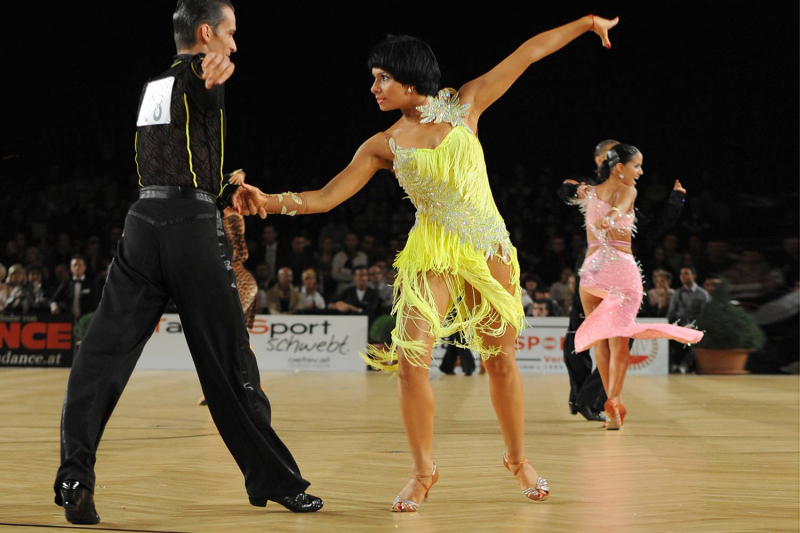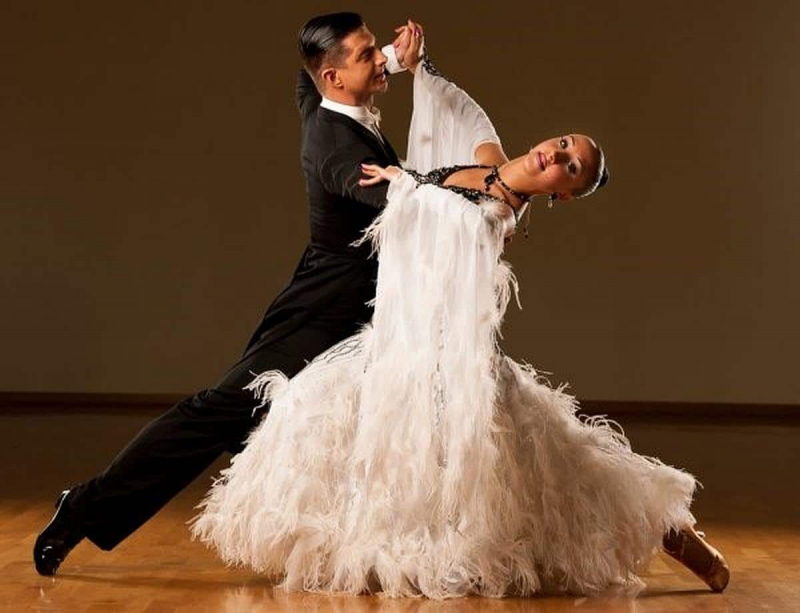Ballroom Dancing
Anyone who has ever danced in a ballroom will attest to the expense of the hobby. Dancers frequently spend several hundred dollars a month on things like classes, practices, and entries into competitions.
The expense of the costumes and travel to the contests might be very high if you compete in ballroom dancing. However, a lot of dancers believe the experience is priceless.
The exhilaration of moving seamlessly as one with a partner across the dance floor has a unique quality. Ballroom dancing is often a passion for many people rather than merely a pastime. Even though it could be expensive, it's a fun and fulfilling hobby.
The word "ball" comes from the Latin word "ballare," which means "to dance," and the name "ballroom dancing" comes from there (a ball-room being a large room specially designed for such dances). Ballroom dancing used to be the social dance of the affluent, leaving folk dancing for the poorer classes. Since then, these lines have gotten fuzzier. Balls have frequently featured popular dances of the time, like the Minuet, Quadrille, Polonaise, Polka, Mazurka, and others. These dances are now regarded as historical dances.

















